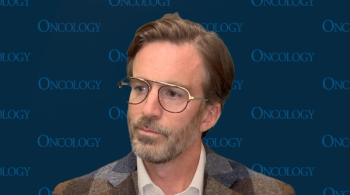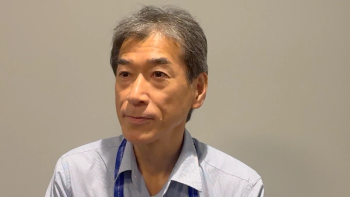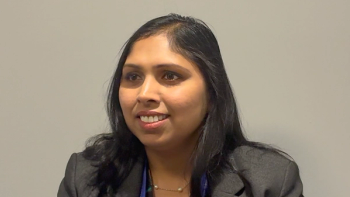
Sexual Harassment, Gender Inequalities Reportedly Common Among Gynecologic Oncologists
The results come from a survey administered to physician members of the Society of Gynecologic Oncology.
CHICAGO-Sexual harassment as well as gender inequalities in salary and career advancement appear to be common among gynecologic oncologists, according to new data (
This is the first study to show that sexual harassment is common among these physicians, and the researchers noted that they hope awareness and acknowledgement of these issues will lead to interventions to address the problem.
“Until recently, much of the conversation about sexual harassment in the workplace has been relegated to private discussions behind closed doors,” said lead study author Marina Stasenko, MD, a clinical fellow in gynecologic oncology at Memorial Sloan-Kettering Cancer Center, during a press briefing. “Our study sheds a light on experiences of sexual harassment and gender disparities, and future work should focus on interventions that address these issues.”
The researchers sent an anonymous survey in October 2018 to all 1,566 United States–based physician members of the Society of Gynecologic Oncology. A total of 402 physicians replied (26%); more women than men replied (255 responses from women vs 147 from men).
In total, 64% of respondents reported experiencing sexual harassment while in training or in practice. Significantly more women than men reported experiencing sexual harassment (71% of women vs 51% of men), and overall, only 14.5% reported the incident to officials.
The topic of sexual harassment has been widely discussed in the media as it pertains to the movie, music, and sports industries, Stasenko said at the press briefing. However, conversation in the medical community has largely been limited. Gender disparities have persisted in medicine despite a growing number of female physicians, she noted.
The most common reasons for not reporting sexual harassment incidents were that the individuals thought the incidents did not seem important enough (40%), that nothing would be done about it (37%), and fear of retaliation (34%).
The most frequent forms of sexual harassment experienced by those in training or in practice included being subjected to sexist remarks (51% of women vs 24% of men), being denied opportunities for training (33% of women vs 19% of men), and unwanted sexual advances (23% of women vs 28% of men). In addition, 4% of women and 2% of men reported they were asked to exchange sexual favors for academic positions.
Women were more likely than men to respond that gender affected career advancement (34% of women vs 10% of men), and 42% of women said gender played a role in setting salaries compared with 6% of men. The researchers also found that 31% of women and 14% of men said they received lower evaluations or academic positions as a result of harassment.
Stasenko hopes this study leads to a larger conversation about sexual harassment in the medical field. She said that although these findings involved only gynecologic oncologists, the problem is not limited to this medical specialty. “I think if this is what is going on in our field, where women make up such a large portion of the population, I certainly think that it can be applicable to other areas of medicine,” said Stasenko at the press briefing.
“I do believe this is an important topic and likely rarely spoken or written about. The specialty of gynecologic oncology is undergoing a significant transformation with an increase in the number of female physicians. However, the study highlights that both genders have experienced this type of abuse, and clearly the data suggest the incidence is higher amongst female physicians,” Shahin told Cancer Network.
Newsletter
Stay up to date on recent advances in the multidisciplinary approach to cancer.

















































































